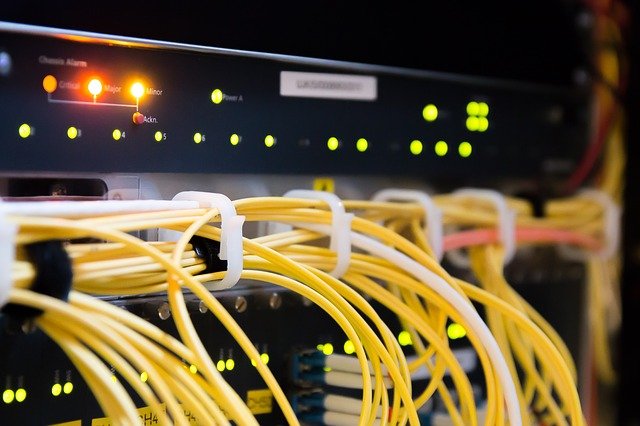Structured Network Cabling
A structured cabling network design uses smaller standardized components like trunks and patch panels. These components enable the network cabling system to connect multiple hardware pieces. Patch panels are placed at the top of the rack while trunks connect the top patch panel to another one in the Main Distribution Area. This is where network administrators make changes to the network. They also make use of the trunks when determining the length of network cables. In addition to trunks, a network cabling design should also include horizontal cables to avoid sagging.
Network cabling design for commercial buildings is increasingly important as the need for connectivity grows among tenants. A new in-building cabling design structure developed by CommScope is the universal connectivity grid. This design structure divides floor space into equal areas called cells. Each cell contains a consolidation point, which securely connects building systems to a building’s core network. However, the building’s network design should account for up to 20 percent expansion.
Before starting the actual design, it’s crucial to first determine the cabling requirements. Think about the types of equipment, distances to cover and speed of the network. All of this will determine how much fiber will be needed for the entire network. You should also consider how many fibers will be in each cable. The more fibers the network requires, the larger the ducts must be. Then, select the corresponding splice trays and closures.
Outside Plant Cabling Installation
Outside plant cabling installations can take many routes. Some are over long open fields, while others cross roads, ravines, lakes, and rivers. Many municipal governments maintain fiber networks for public use. You can also rent the fiber from these municipalities if your system requires it. If you plan to use these types of network cable installations, make sure to check with the municipal regulations in your area. It is important to follow local regulations and the design requirements for each installation.
Premises networks and campuses are simpler to install. The best way to start is with good architectural drawings. In such a case, you can talk to an architect, building manager, or contractor. They can provide you with advice and guidance regarding your network cabling needs. In addition, CAD files make it easy to tweak the design and document the installation. A network cabling design should be based on this blueprint. After the initial design phase, you should have a clear picture of your network.
The location of cables is also important. For instance, if you plan to route the cables between two buildings, you should select hardware that will minimize stress on the fibers. You should also choose hardware that is easy to use and lockable to prevent unauthorized access. This way, the installation crew can easily access the cabling system without any difficulty. So, before you decide on your structured cabling service design, make sure that your facility’s designers consider the location of the cables and network equipment.











Leave a Reply